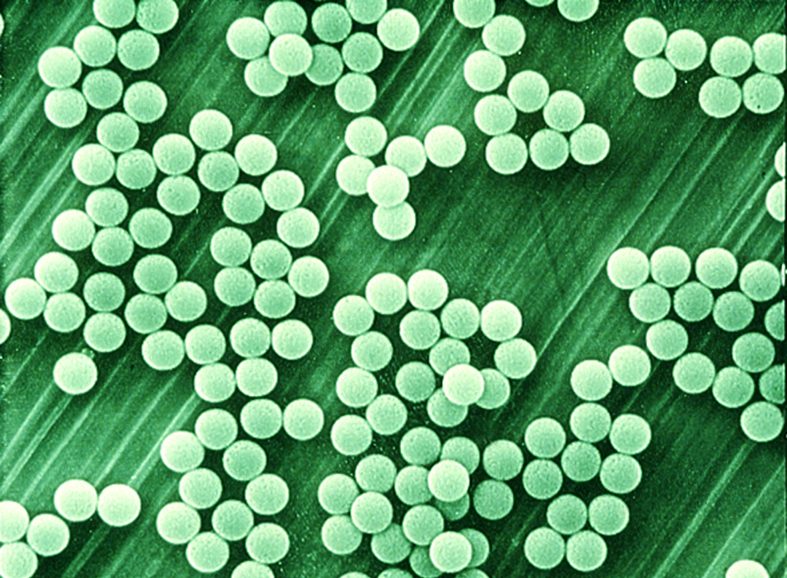Approximately 1.25 million children have peanut allergies, and I am among them. Despite the magnitude of this statistic, no one is certain why we have the allergy. While the ultimate answer remains unclear, novel research presented in the journal American Society of Agronomy details how a research team bred a less allergenic version of a peanut.
This pioneering work can potentially take us a step closer to identifying a fix to peanut allergies, but for now, I am perfectly content with settling for a version of the peanut I can try!
“Peanut allergy occurs when your immune system mistakenly identifies peanut proteins as something harmful,” according to the Mayo Clinic. The peanut contains 16 different proteins recognized as allergens responsible for the allergy.
To provide context, milk has two protein allergens. No wonder peanut allergies plague so many individuals; there are so many points of entry for a problem. Four of those 16 proteins, however, are the biggest instigators of reactions; not all proteins have equal allergenic potential.
Regardless, the research team had a dauntingly broad target when setting out to modify the legume. The team aimed to use plant breeding to genetically engineer a less allergenic peanut. The ultimate goal was to increase food options for those with allergies.
First, they tested different variations of naturally existing peanuts to find the most suitable variation to pursue genetic enhancement with. They envisioned that a less allergenic version of the peanut crop might be able to breed with other types of crops that express the desired non-allergenic traits.
As the search for the ‘Cinderella peanut variant’ prevails, the team has been exploring an alternative route. They are currently utilizing CRISPR, a precise gene editing technology, to implement detailed changes in the DNA of gluten.
While current alterations are being performed on gluten DNA, the next step is to put peanuts on the operating table. Once the cells’ DNA is changed, the strands of DNA are rendered illegible and cannot be replicated.
The outcome will contain drastically lower levels of the allergen in the peanut products. It is important to note that the allergen proteins will not be fully eliminated, but the reduction of allergens will lessen accidental exposure and even more, lessen the severity of the reaction if it occurs.
Peanut reactions come in all shapes and sizes. The severity exists on a broad spectrum.
Reactions range from skin irritation alone, to anaphylactic shock when the throat closes equating to suffocation. Even more alarming, severe reactions can be triggered in some by solely inhalation. Most frightening of all is that these life-threatening reactions pose a threat to 1.25 million people.
Categories:
Tigra scientifica: An end to peanut allergies?
Sean Tuckman, Contributor
December 9, 2021
Wikimedia
Scientists are working to create a type of peanut which is less likely to cause an allergic reaction.
0
Donate to The Tiger
Your donation will support the student journalists of Clemson University. Your contribution will allow us to purchase equipment and cover our annual website hosting costs.
More to Discover















